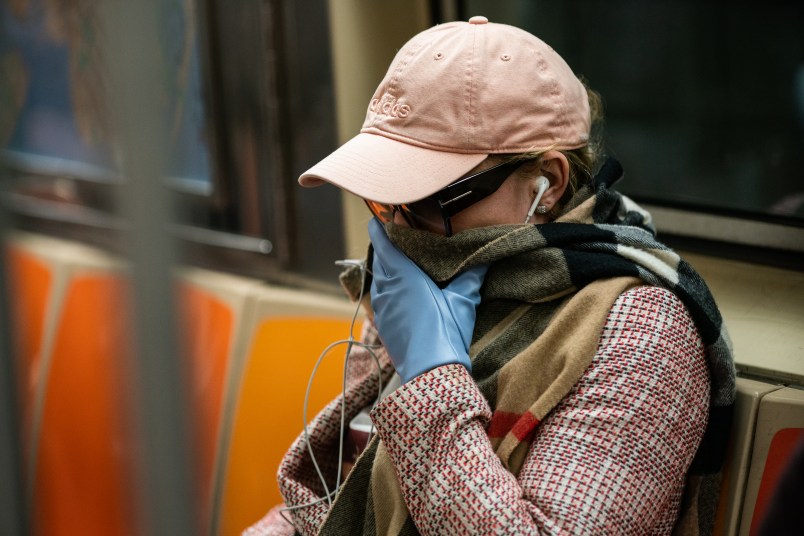Today’s press conference with New York Governor Andrew Cuomo was one of the most buoyant and optimistic since the grim story of the epidemic started almost three months ago in early March. Cuomo was joined, virtually, by New York Mayor Bill DeBlasio, equally buoyant and with genuinely good news: In a week New York City should be ready for what the state defines as “phase one” of reopening. In practice, this remains quite limited: non-essential construction and manufacturing can restart. Most retail businesses can reopen for curbside or in-store pick up. Various outdoor businesses can restart: landscaping, gardening, a limited number of recreational activities.
In other words, to the extent anyone views ‘reopening’ as a binary switch which shifts us from the dystopic spring to what used to be normal it’s far, far short of that. But it’s a start. And the numbers that make it possible are real and represent genuine accomplishments. The number of new infections, the percentage of positive tests, the utilization of hospitals and ICUs – all have fallen dramatically in recent weeks. Indeed, statewide the percentage of positive tests in New York has been consistently below the rate for the nation as a whole for most of the second half of May. The per capita volume of testing, the Governor says, is the highest in the world.
The City government, if not the Mayor, is pressing for creative new ways to allow the city’s universe of restaurants to reopen by simply bringing them outside by taking over sidewalks and even streets.
Undergirding these improvements is the kind of robust system of testing and surveillance which our national dialogue has been saying for months will be necessary to control the virus in the months or years before a vaccine or effective treatments come to the rescue. The state is leading the way with infection and antibodies testing; an army of contact traces is being fielded. If another COVID spike begins the state and city will not be caught off guard. There’s every reason to believe we will see it happening in real time with data collection operations like this and government leaders will be able to make decisions with the key data before them.
With all this there is great reason for optimism. And yet there is a problem, one so clear that the city’s Mayor today seemed unable to address it. New York City’s urban geography and economy are both premised on the ability of the subway and bus system’s ability to transport huge numbers of people into and around the city every day. New York City has no shortage of cars. But there isn’t remotely the capacity for everyone who lives in the outer boroughs to drive into Manhattan where many of them work. And of course many simply don’t own cars. The math, the space, the capacity of roads, none of it works. Individually, some people could take taxis or Ubers to work. But again, there isn’t remotely the capacity to do this at scale. The city can’t function at anything like capacity without millions of people every day taking the subways and buses.
And there you have the problem. There’s still a great deal we don’t know about COVID. But the broad outlines are clear. You want to be outdoors, not indoors, when you’re around other people. If you’re indoors you want to maintain significant distance from other people. And did I mention, try to avoid being around other people indoors. Because we now know that COVID contagion is breathed into the air and can linger in the air for significant spans of time in closed spaces. Indeed, it can build up as people breathe more and more of it out.
The simple reality is that these facts make the city’s subways and buses something like COVID farms. Small closed spaces with little meaningful ventilation, people packed tightly together as they always are during the commuting hours under normal conditions. Universal masking should help. You can refactor the cars for social distancing to some degree. But then you simply won’t have sufficient capacity to move people around. These are ideal COVID spread mechanisms. Indeed, this is probably why the city was stricken so grievously in the first place. Asked about this today, the Mayor answered, gamely and lamely, “People are going to have to improvise, and I believe they will.”
I don’t mean this as a counsel of despair. The city will survive. We’ll find some way. And eventually we’ll have medical science come to the rescue. But this is the question no one has an answer to. Because I’m not sure there is one.






